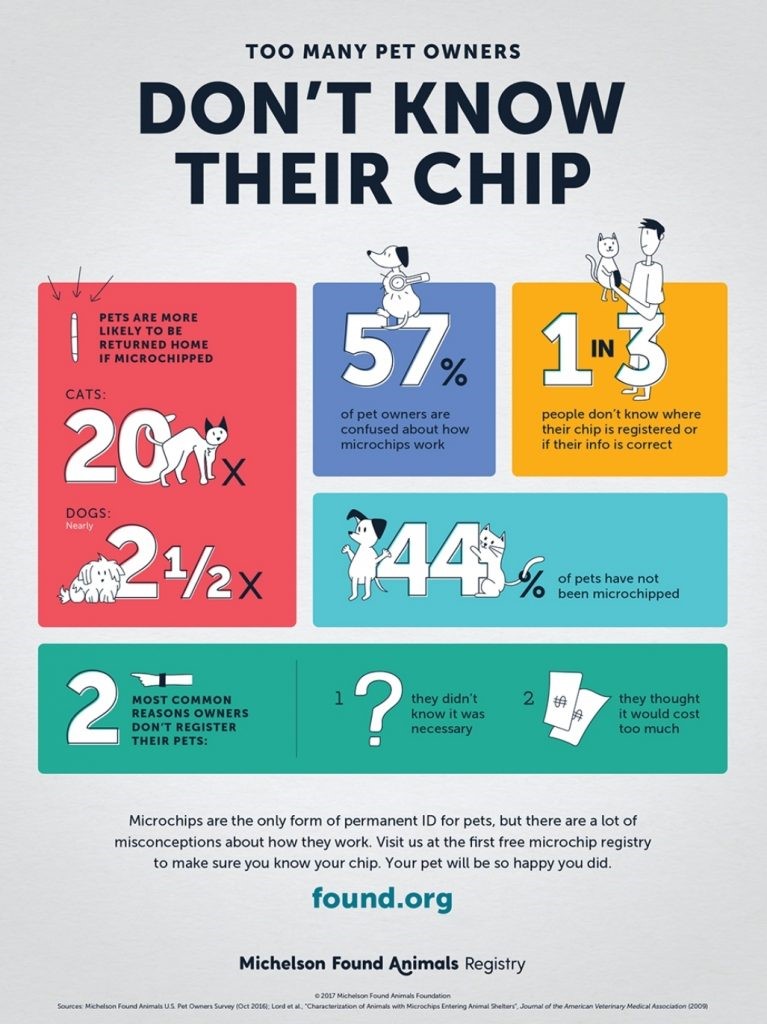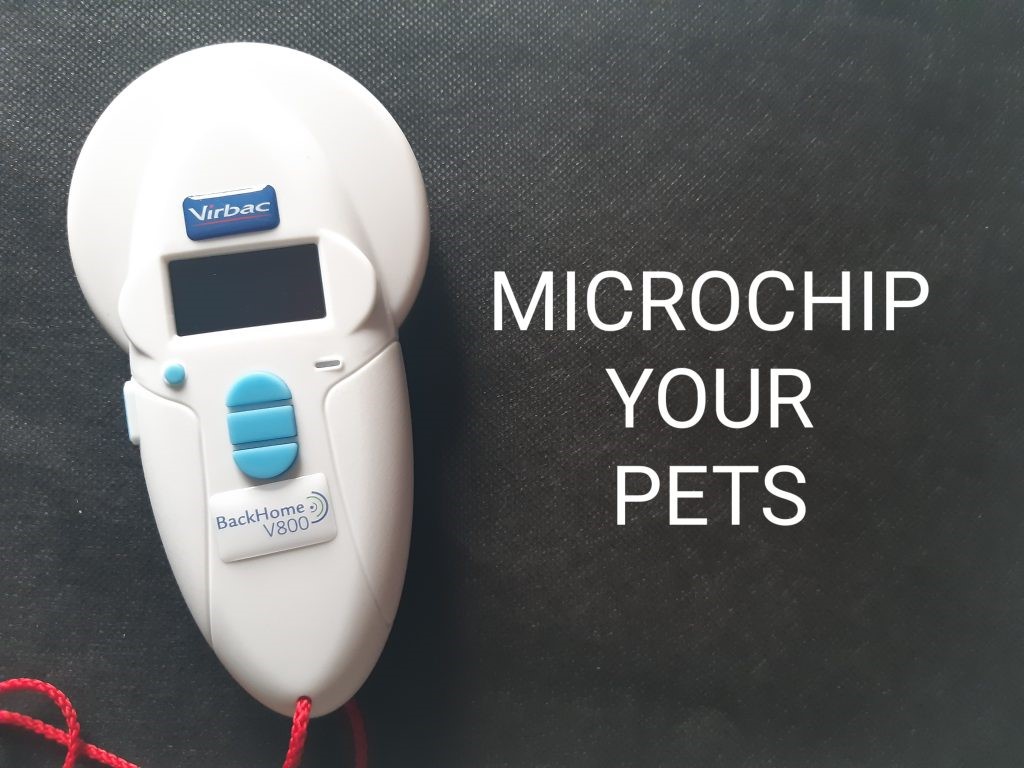
WHAT YOU NEED TO KNOW ABOUT MICROCHIPPING YOUR PET
When a pet goes missing, a microchip can drastically increase their chances of being reunited with you. Some studies estimate that 1 in 3 pets will go missing at some point in their lives. Dogs with microchips are over twice as likely to be returned to their owners, and cats are up to 21 times more likely to make it home when chipped. Despite this, more than half of pet owners don’t fully understand how microchips work—or worse, don’t know if their pet’s chip is even registered.

Also, see how to keep your pets safe and warm during the colder weather.
WHAT IS A MICROCHIP?
A microchip is a tiny device, about the size of a grain of rice, that is safely implanted under your pet’s skin. The procedure is quick, painless (no more than a vaccination), and can be done by a veterinarian, a trained animal welfare worker, or a registered microchip service provider.
A responsible vet will scan your pet for a chip before any procedure. If the chip isn’t immediately detected, the entire body should be scanned in case the chip has migrated. Annual vet visits are a great time to check that your pet’s chip is still detectable. It is especially important before travel, moves, or fireworks-heavy seasons like New Year’s or Diwali.
CHOOSING A MICROCHIP PROVIDER
When selecting a provider:
- Ask your vet or local shelter which brands are commonly used in your area.
- Make sure the chip can be read by local shelters and veterinary scanners.
- Choose an anti-migration microchip.
- Consider long-term value if cost is a concern: even at the higher end (R500), that’s R50 per year over a decade for peace of mind.
If you plan to travel internationally with your pet, double-check that your chip is compatible with the destination country’s frequency standards.
MICROCHIP REGISTRATION
A microchip is not a GPS and doesn’t store your contact details. It only contains a unique ID number. If this number isn’t linked to your details in a database, the chip is useless. Therefore, registration is crucial!
Importantly, vets and chip providers do not automatically register the chip for you. It’s your responsibility to do this.
Registration Tips
- You can usually register any chip on multiple platforms, and in most cases, it’s free.
- Not all databases share information. If a vet or shelter searches only one, they may not find your pet.
- To maximize your chances, register on several platforms and keep your contact info up to date.
- Add a clear photo of your pet to all platforms that allow it.
Before registering, gather:
- Pet details (name, age, breed, etc.)
- Medical and insurance information
- Your contact details
- Vet’s contact info
- Injector’s ID or practice number
- Emergency contact person(s)

PLATFORMS AND DATABASES IN SOUTH AFRICA
Popular registration databases include:
- Virbac (BackHome)
- Identipet
- GetMeKnown
- FivestarID
- Petlookup
- Commuipet
- KUSA
Lookup tools I use:
- Chip-n-Doodle
- Find my chip
Platforms are not required to share information, so it is critical to register on more than one platform to increase visibility across different search tools. Please note that this is not an endorsement for any particular platforms, and there might be others too.
Always download and keep a certificate of registration for your records.
SHOULD MY PET STILL WEAR A COLLAR TAG?
Yes! A visible ID tag on a collar can speed up a reunion. But remember:
- Collars can fall off or be removed.
- For security, I include only our two contact numbers and avoid using my pet’s name.
- For cats, always use breakaway collars to avoid accidents.
Also, see proactive strategies to prevent escape and to keep your pets safe; after all, it is your responsibility.
DO YOU HAVE FEARS ABOUT MICROCHIPPING?
Dr. Judy writes that microchips greatly increase the chances of reuniting lost pets with their families. Reactions are extremely rare; she has only seen two in her years of practice, and most concerns stem from misinformation or general injection-site issues. While no procedure is risk-free, microchipping is a small step that can make a big difference in an emergency. She microchips all her pets, and you should consider what is the best choice based on your lifestyle and risk level. Read more from Dr. Judy Morgan if you have fears about microchipping your pets.

QUICK SUMMARY
- Microchip all your pets—it’s affordable, safe, and life-saving
- Register the chip immediately and update your info when it changes.
- Use multiple databases to improve your pet’s visibility.
- Scan your pet’s chip annually at the vet.
- Add a collar tag—but don’t rely on it alone.
There have been issues involving ownership claims between rescue organisations over a surrendered dog, highlighting just how many flaws still exist in the microchip system. Despite these challenges, a microchip remains one of the most reliable ways to prove ownership, especially when backed by dated photos and vet records. After this particular case, we engaged with several microchip companies and urged them to commit to listing their chips on central databases. A key concern raised was that some companies will issue ownership certificates even when they didn’t originally manufacture the chip. We believe this undermines the integrity of the system and support the principle that only the original manufacturer of the implanted chip should issue such documentation. While the system needs improvement, ensure your pet’s microchip is registered, up to date, and listed on multiple platforms—it could make all the difference.
A collar can fall off. A microchip lasts for life.
Give your pet the best chance to find their way home. It’s a small chip with a huge impact.
Join us again next week as we learn more about the pets of our lives.